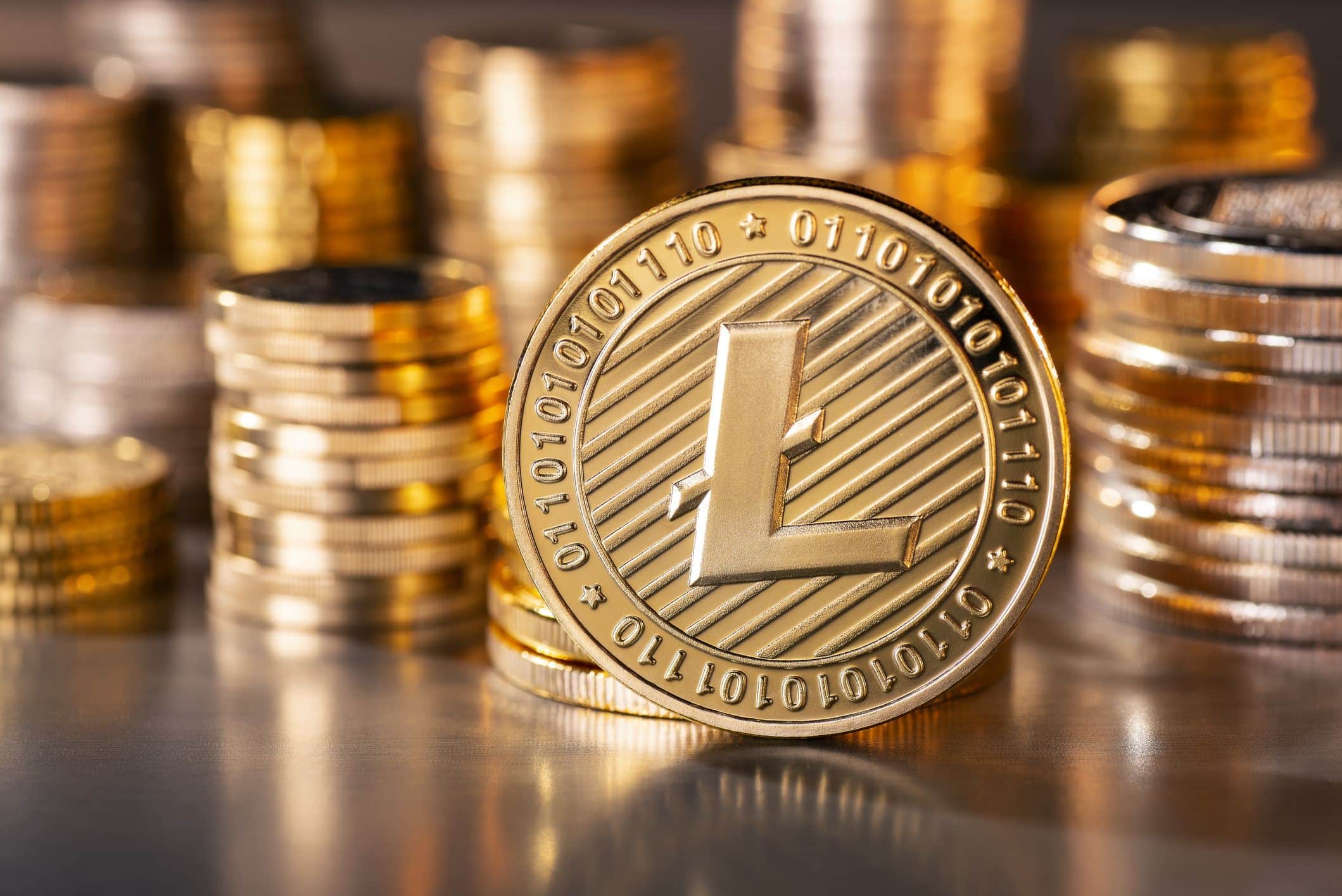Cryptocurrency has taken the world by storm, with Bitcoin often being the center of attention. However, for those new to the crypto space, diving headfirst into Bitcoin can be daunting. This is where Litecoin (LTC) comes into play, often referred to as “Bitcoin for Beginners.” In this article, we will explore the Litecoin landscape, its differences from Bitcoin, how to get started, and consider investment strategies. So, let’s start our journey into the world of Litecoin with Immediate Sprint for more information.
Understanding Litecoin
Origins and History of Litecoin
Litecoin was created in 2011 by Charlie Lee, a former Google engineer. Its creation was inspired by Bitcoin, to provide a faster and more efficient alternative. Litecoin shares many similarities with Bitcoin, but it has its unique features and purpose in the crypto ecosystem.
How Litecoin Differs from Bitcoin
Mining Algorithm
Litecoin uses a different hashing algorithm called “Scrypt” compared to Bitcoin’s “SHA-256.” Scrypt is designed to be more memory-intensive, making it resistant to ASIC mining and allowing more individuals to participate in mining with consumer-grade hardware.
Transaction Speed
One of the primary differences between Litecoin and Bitcoin is transaction speed. Litecoin offers faster confirmation times, with blocks being mined approximately every 2.5 minutes, compared to Bitcoin’s 10-minute block time. This makes Litecoin more suitable for everyday transactions.
Supply Limit
While Bitcoin has a fixed supply limit of 21 million coins, Litecoin has a maximum supply limit of 84 million coins. This larger supply is designed to facilitate smaller transaction denominations and increased circulation.
Community and Development
Litecoin has its own active and dedicated community, along with ongoing development efforts. While Bitcoin remains the dominant cryptocurrency, Litecoin’s community-driven approach has helped it maintain relevance and adoption.
Litecoin’s Role in the Cryptocurrency Ecosystem
Litecoin is often considered a complementary cryptocurrency rather than a direct competitor to Bitcoin. It serves as a useful testbed for new technologies and innovations, often implementing features before Bitcoin. Additionally, Litecoin’s faster transaction times make it a practical choice for smaller, day-to-day transactions.

Getting Started with Litecoin
Creating a Litecoin Wallet
To begin using Litecoin, you’ll need a wallet to store your coins securely. There are several wallet types to choose from:
Hardware Wallet: A physical device that offers the highest level of security.
Software Wallet: A digital wallet that can be installed on your computer or smartphone.
Paper Wallet: A physical printout of your Litecoin wallet’s public and private keys.
For beginners, a software wallet is recommended for its ease of use.
Buying Litecoin
To acquire Litecoin, you can use various methods:
Cryptocurrency Exchanges: Platforms like Coinbase, Binance, and Kraken allow you to purchase Litecoin using fiat currency (e.g., USD, EUR).
Peer-to-Peer Transactions: Websites like LocalBitcoins and LocalCryptos facilitate direct trades with individuals.
Litecoin ATMs: Some locations have Litecoin ATMs where you can buy Litecoin using cash or debit/credit cards.
Storing and Securing Your Litecoin
Security is paramount in the world of cryptocurrencies. Always follow these best practices:
- Keep your private keys safe and never share them with anyone.
- Enable two-factor authentication (2FA) for additional security.
- Consider using a hardware wallet for long-term storage.
Using Litecoin in Everyday Transactions
Overview of Litecoin as a Payment Method
Litecoin’s fast transaction times and low fees make it suitable for everyday purchases. Many online and physical stores now accept Litecoin as a form of payment.
Merchant Adoption of Litecoin
An increasing number of merchants are integrating Litecoin into their payment systems. Look for businesses that display the Litecoin logo to pay with LTC.
How to Send and Receive Litecoin
Sending and receiving Litecoin is straightforward. Simply enter the recipient’s Litecoin address and the amount you want to send. Transactions are usually confirmed within minutes.
Transaction Fees and Confirmation Times
Litecoin transaction fees are typically very low, making it an attractive choice for transferring value. Confirmation times are quick, which is beneficial for both buyers and sellers.
Investment and Trading Strategies with Litecoin
Litecoin as a Store of Value
Like Bitcoin, Litecoin can serve as a store of value, offering a hedge against traditional financial systems. Some investors view it as digital silver to Bitcoin’s gold.
Trading Litecoin
Short-term vs. Long-term Trading: Decide whether you want to trade for short-term gains or hold Litecoin as a long-term investment.
Technical Analysis and Price Charts: Study charts and market indicators to make informed trading decisions.
Potential Risks and Volatility
Cryptocurrencies are known for their price volatility. Be aware of the risks involved and only invest what you can afford to lose.
Litecoin’s Role in the Future of Finance
Litecoin’s Development Roadmap
Litecoin continues to evolve, with ongoing development efforts to enhance its features and capabilities. Stay informed about updates and improvements.
Integration with Other Technologies
Litecoin has been exploring technologies like the Lightning Network to improve scalability and enable faster and cheaper transactions.
Speculations on Litecoin’s Future
While we cannot predict the future, Litecoin’s unique attributes and active community suggest that it will remain a relevant and valuable cryptocurrency.
Conclusion
In conclusion, Litecoin offers a user-friendly entry point into the world of cryptocurrencies, often described as “Bitcoin for Beginners.” Its differences from Bitcoin, faster transaction times, and growing adoption make it a compelling choice for both everyday transactions and investment. As you navigate the Litecoin landscape, remember to prioritize security, stay informed about developments, and enjoy your journey into the world of digital finance.
















